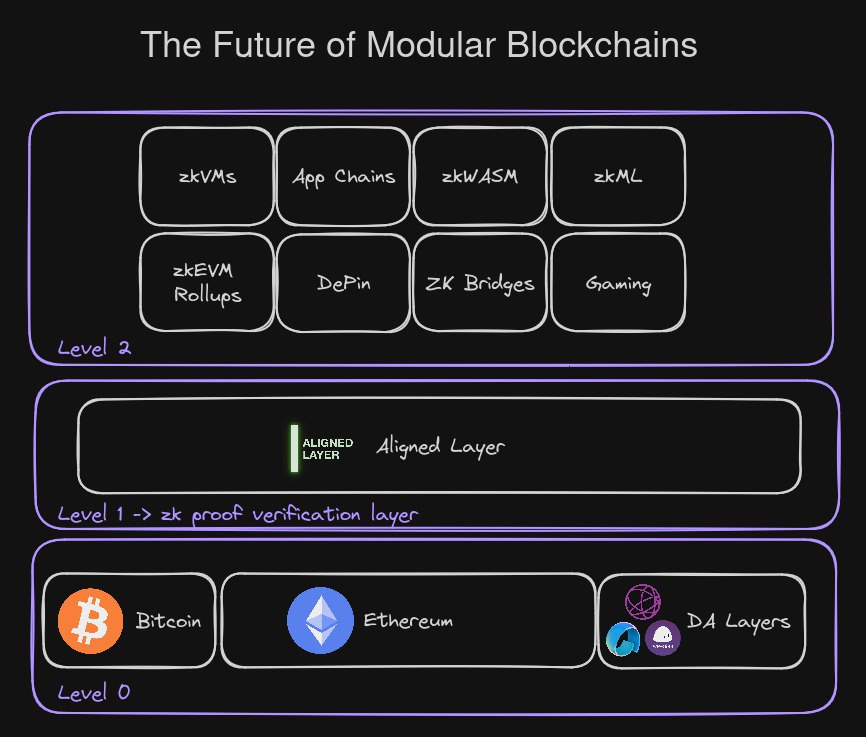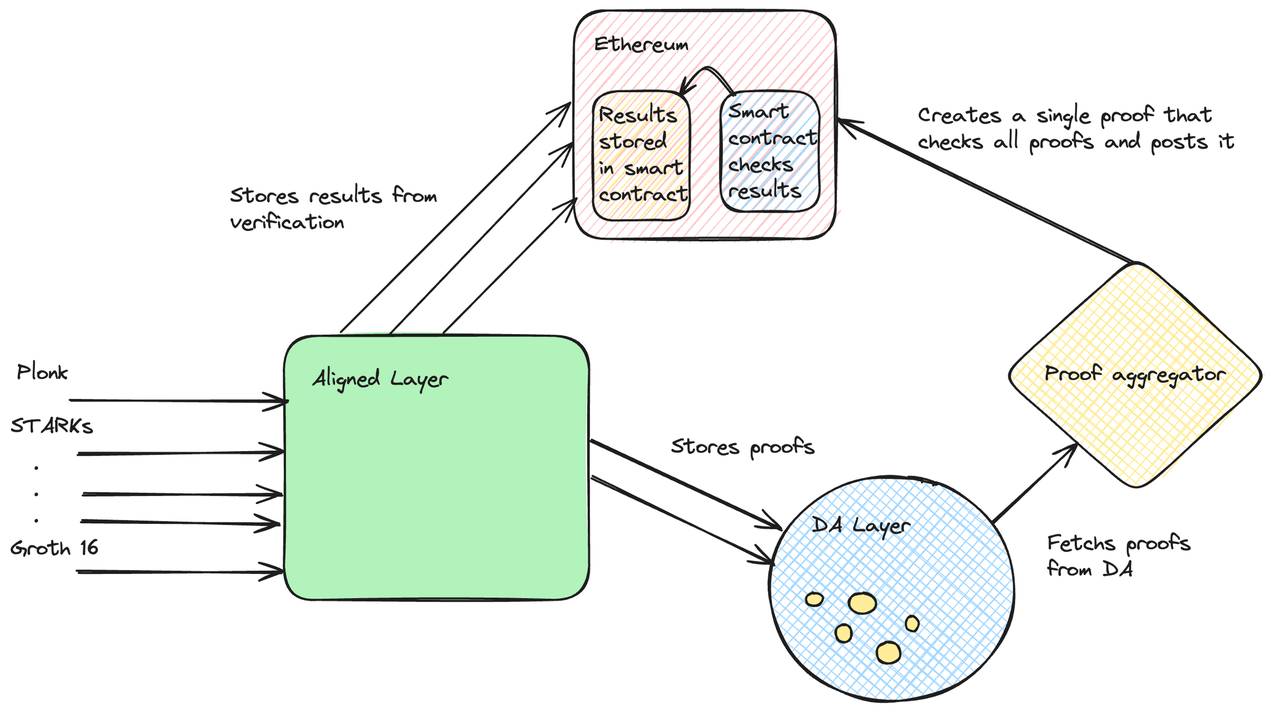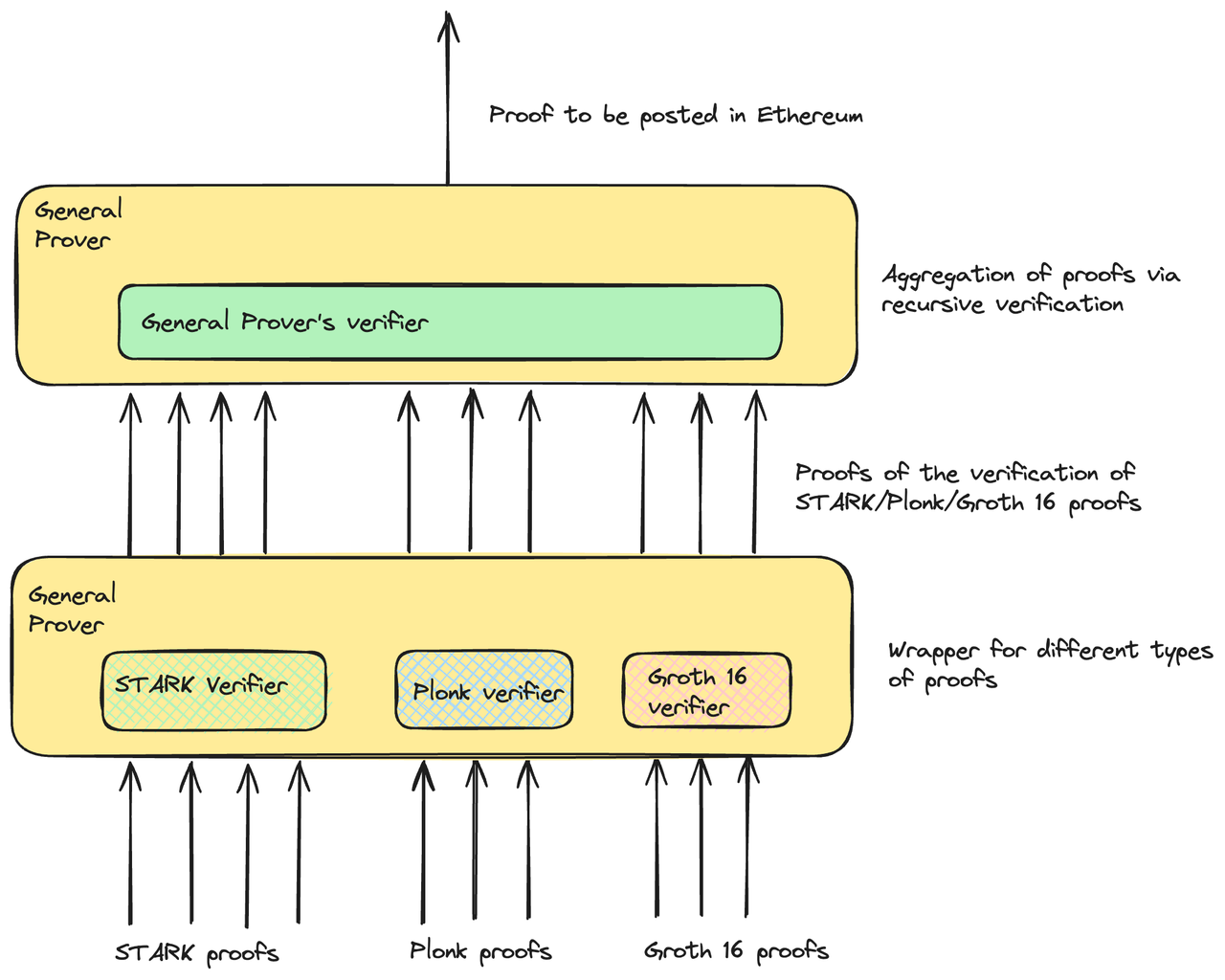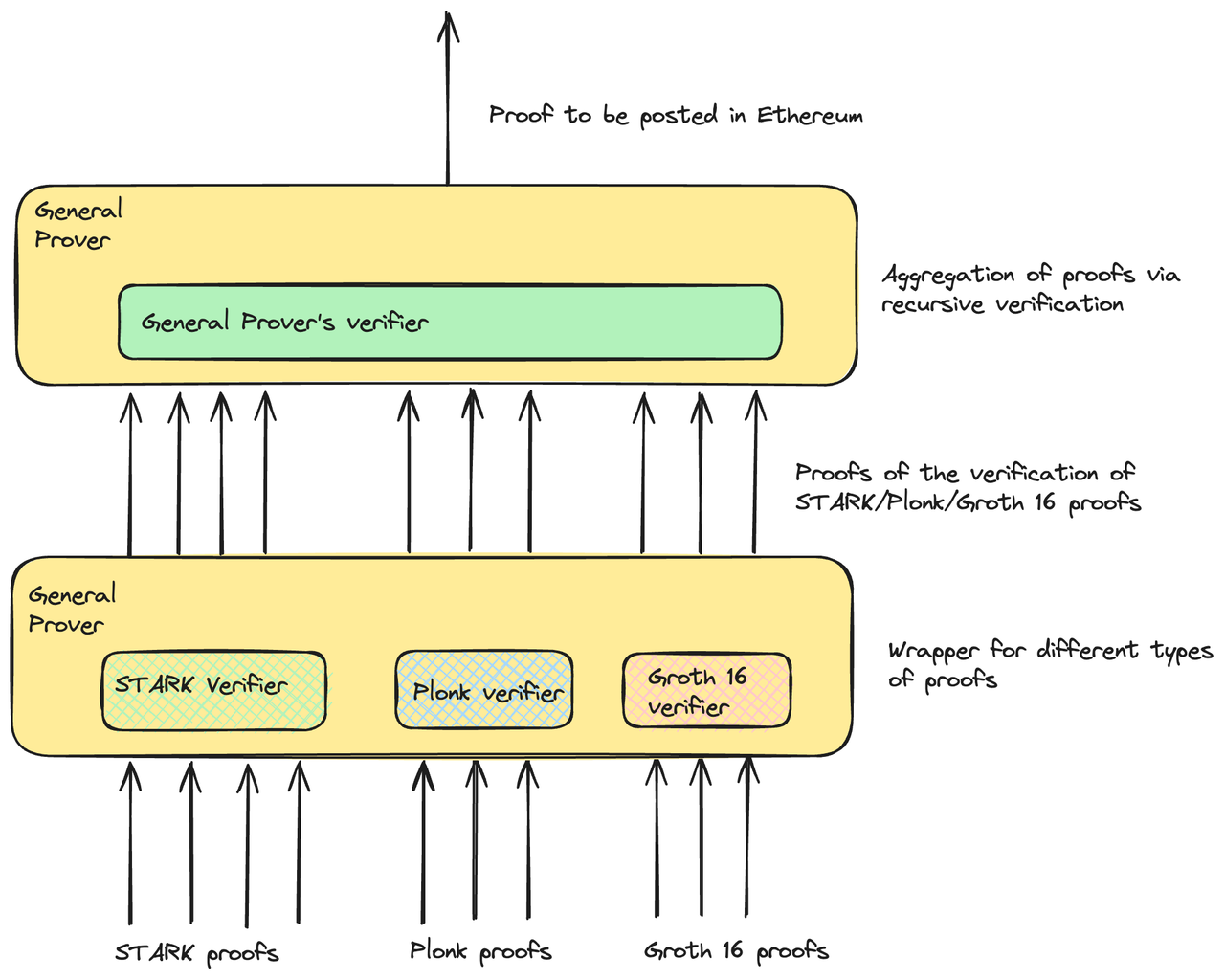Hack VC leads $20 million round of financing. How does Aligned build the ZK verification layer?
Written by: 1912212.eth, Foresight News
ZK infrastructure continues to gain the favor of venture capital. Aligned Layer, which just completed a $2.6 million seed round in April this year, completed a $20 million Series A round in less than two months. Its speed is quite rare. Its seed round was led by Lemniscap, with participation from StarkWare, O(1)Labs and other institutions, while the Series A was led by Hack VC, with participation from dao5 and others.
What are the characteristics of Aligned that attract so many venture capitalists to invest so fiercely?
Aligned
In Aligned’s view, the biggest bottleneck in the industry in the future will not be “proof generation”, but proof verification on the chain. Currently, due to the high cost of verification, ZK-based applications cannot run efficiently on Ethereum.
Aligned is a validation and aggregation layer built on top of EigenLayer, which leverages the Ethereum validatorSafetyAligned can have more applications outside of Ethereum and help other chains verify data. Aligned Layer was created and developed by Yet Another Company, an Ethereum infrastructure startup, which completed a $1 million financing in January this year.

As can be seen from the overview diagram, layer 0 is Bitcoin, Ethereum and DA layer, Aligned is the layer 1 verification layer, and level 2 is other layers, such as: application chain, zkML, zkEVM Rollup, etc.
How Aligned works
In the wave of modular design, it is common to split multiple processes into multiple dedicated layers. From a single layer responsible for verification, settlement, consensus to DA, the modular design after splitting improves efficiency and reduces costs.
Aligned mainly includes four core elements, among which AlXiaobai NavigationIgned mainly receives proofs from different proof systems and verifies them. These proofs can be generated using different proof systems. They have different proof sizes, verification times, and different verification logics. However, all proofs have one thing in common: they are fast to verify.

Aligned has a dedicated validator that checks the validity of each validator and publishes the results to Ethereum. Proofs are stored in the data availability layer, which provides a cost-effective storage strategy. Operators in Aligned obtain proof data from this layer.
Ethereum receives verification results from Aligned. However, Ethereum itself cannot verify the proofs because it is too expensive. Instead, the general Rust prover generates verification proofs for all proofs included in the given time period.

In order to aggregate all proofs, in the first step, all proofs are converted into proofs executed by the virtual machine, thereby achieving the uniformity of the proofs. Then, we can reduce the proof size by recursively proving the proofs, as shown in the tree diagram:

Applications
Aligned said that its possible applications include multiple categories, such as: soft finality of Rollups and application chains, fast bridging, SNARK-based P2P protocols such as payment systems and social networks, public chains interoperable with Ethereum, machine learning, ZK oracles, identity verification protocols, on-chain games, etc.
Currently, Aligned supports Platinum Prover from Cairo STARK, Plonk from gnark, Kimchi from Mina, SP1 from SuccintLabs, and Jolt from a16z. The verification cost depends on the type of proof and its size.
In addition, Aligned launched a simple testnet based on the Cosmos SDK in March and will migrate to the EigenLayer testnet.
The article comes from the Internet:Hack VC leads $20 million round of financing. How does Aligned build the ZK verification layer?
Related recommendations: Interpretation of Talus White Paper: Decentralized AI Agent Center
How Talus chooses the right time and catalyst to launch its network and motivate users may be the key to the success or failure of its listing strategy.AI项目,都有一个难懂的白皮书。 虽然市场上关于AI代币越来越像Meme的论调越来越多,但通过白皮书快速搞清楚一个热…